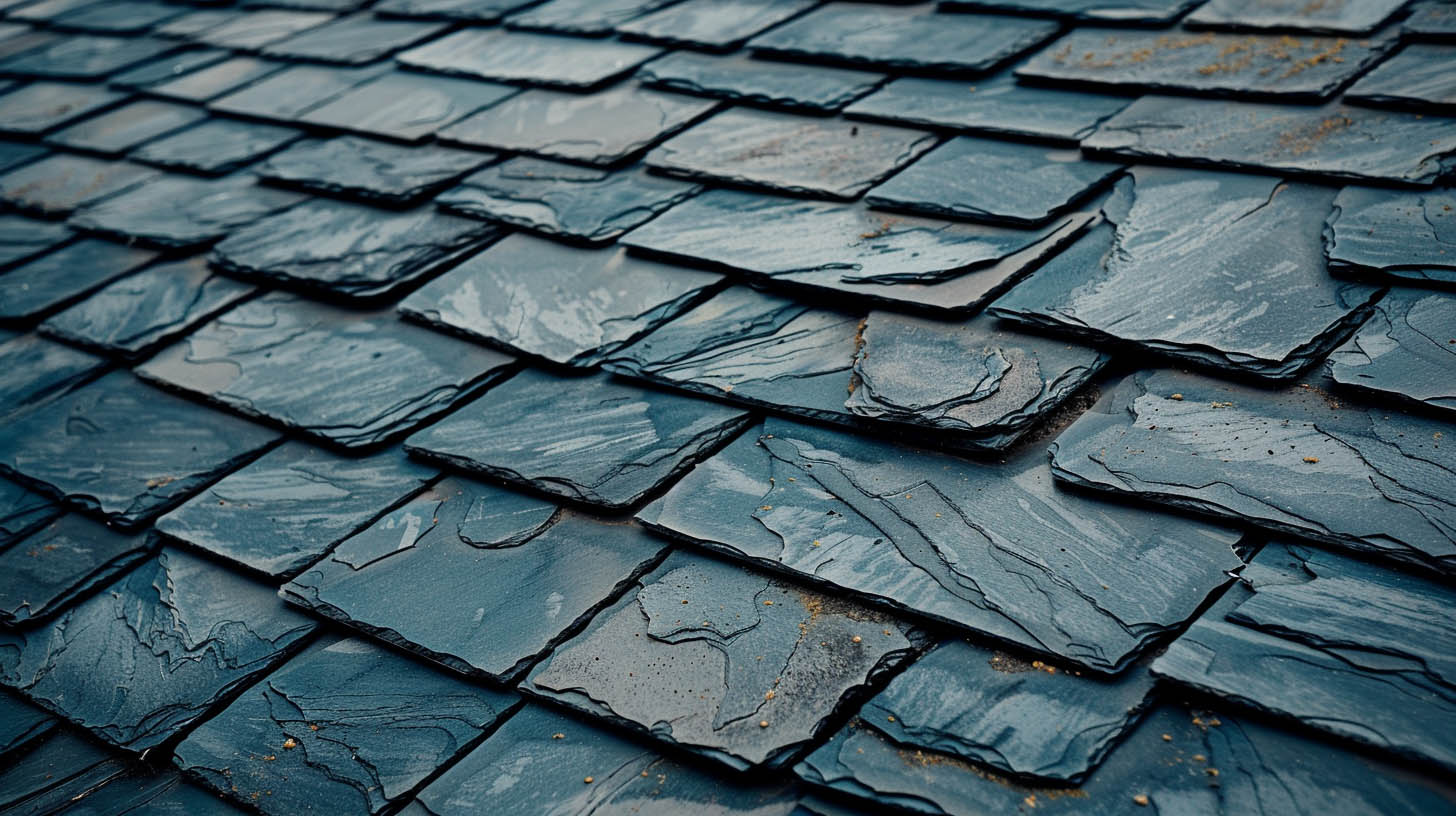A dead valley on a roof presents unique challenges in roof architecture. It's an area where two slopes meet, typically creating a V-shaped section that traps water. This section of the roof does not adequately drain like other parts, leading to potential water damage if not correctly managed.
What is a Dead Valley?
Dead valleys are common in intricate roof designs involving multiple planes or levels, especially in custom-designed homes. These areas are problematic because they collect rainwater and debris, which can lead to significant roof damage over time.
Identification and Causes
Roof Design
Complex roof architectures often feature intersecting slopes forming dead valleys. These areas occur naturally where the roof planes meet at sharp angles, creating a zone where water does not flow freely.
Pitch Issues
Typically, a roof's pitch facilitates water movement away from the structure. However, in a dead valley, the pitch is insufficient, causing water to pool and stand rather than drain off the roof surface.
Debris and Blockages
Dead valleys tend to accumulate leaves, twigs, and other debris. This accumulation can obstruct water flow and lead to water retention, compounding the drainage issues and encouraging the growth of moss and mildew, which can deteriorate roofing materials.
Risks of Ignoring Dead Valleys
Structural Damage
Stagnant water in dead valleys can seep into the roof's substrate, leading to rot, mold, and a compromised roof structure. This moisture intrusion can deteriorate roofing materials and shorten the lifespan of the roof.
Interior Water Damage
If left unaddressed, the pooling water can breach the roof's barriers, causing leaks that might lead to significant internal damage, including stained walls, ruined insulation, and electrical hazards.
Decreased Roof Longevity
Continuous exposure to moisture and debris can accelerate the aging process of roofing materials, vastly reducing the roof's overall lifespan.
Effective Solutions and Prevention
Strategic Roof Design
During the roofing process, incorporating adequate planning and architectural design can significantly mitigate the risks associated with dead valleys. Engaging with skilled roofing specialists who understand these nuances is crucial.
Enhanced Waterproofing Measures
Applying custom flashing techniques and using high-quality waterproofing materials helps redirect water away from dead valleys, ensuring better drainage and reducing the risk of water damage.
Maintenance and Regular Inspection
To prevent issues associated with dead valleys, regular maintenance is essential. This includes cleaning debris from the roof, inspecting for signs of wear or damage, and ensuring all drainage systems function correctly.
Summit Exteriors: Your Partner in Roofing Excellence
At Summit Exteriors, located in Coeur d'Alene, ID, we leverage our extensive experience in roofing and gutter systems to address complex challenges like dead valleys. As a top-rated roofing provider recognized for our commitment to quality and customer satisfaction, we ensure that every roofing project, especially those involving intricate designs like dead valleys, is handled with the utmost care and professionalism.
Conclusion
Dead valleys are more than just architectural challenges; they are potential risks that can significantly impact the structural integrity and functionality of a roof. Understanding these risks and implementing strategic measures can protect your home and extend the lifespan of your roof. For expert roofing solutions that prioritize longevity and effectiveness, consider consulting with professionals who specialize in sophisticated roofing challenges.



